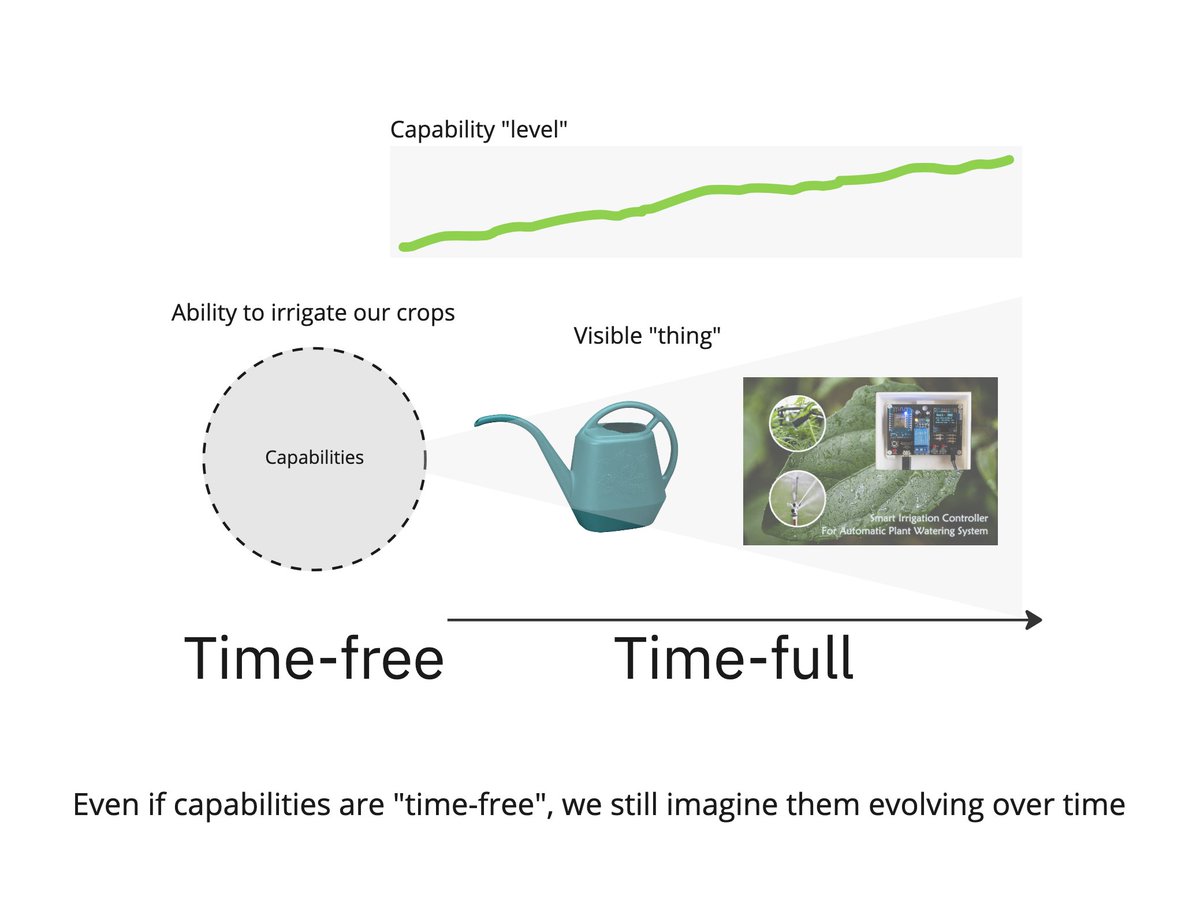a little product lesson
we often experience situations where we are faced with overlapping problems
it looks a little like this ... 1/n
we often experience situations where we are faced with overlapping problems
it looks a little like this ... 1/n

...except, often no one really takes the time to define the problem(s). Instead they brainstorm a bunch of ideas predicated on implicit perceptions of the problem(s)
the danger here, of course is that... 2/n
the danger here, of course is that... 2/n

...if you bring three people together they might each see different things
One person sees one problem
One person sees two slightly overlapping problems
One person sees a parent problem with three child problems 3/n
One person sees one problem
One person sees two slightly overlapping problems
One person sees a parent problem with three child problems 3/n

Even when people see "the problem" they often have different perceptions of the problem
Sees the whole problem, but not sub-problems
Does not see the overarching problem
Sees it all
Note how this guides approaches... 4/n
Sees the whole problem, but not sub-problems
Does not see the overarching problem
Sees it all
Note how this guides approaches... 4/n

Very different.
Oh, then we have another problem.
Every book says "DEFINE THE PROBLEM". Well..it is a moving target 5/n
Oh, then we have another problem.
Every book says "DEFINE THE PROBLEM". Well..it is a moving target 5/n

And just when you think you've dialed it in, you bring a new person into the fray and they say ... 6/n 

Which is all to say that the problem solution distinction is more like a mushy sandwich of nested problems, nested solutions, emerging problems, emerging solutions, expanding problem scopes, different perspectives, re-articulation, learning
It is hard. The End 7/n
It is hard. The End 7/n
• • •
Missing some Tweet in this thread? You can try to
force a refresh















